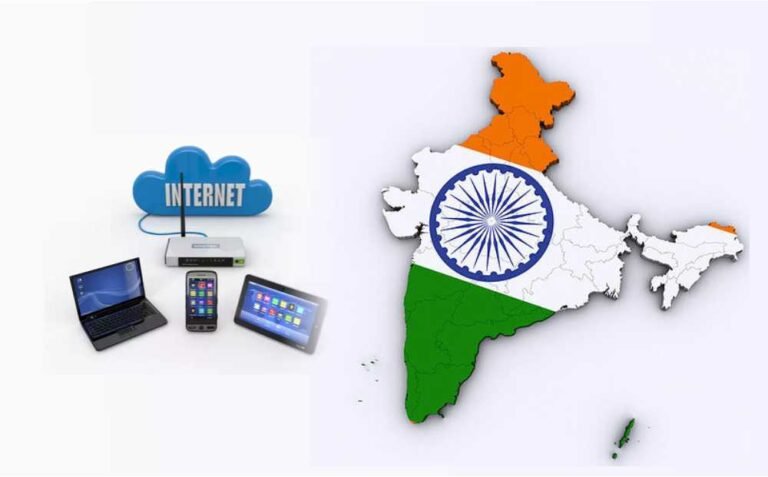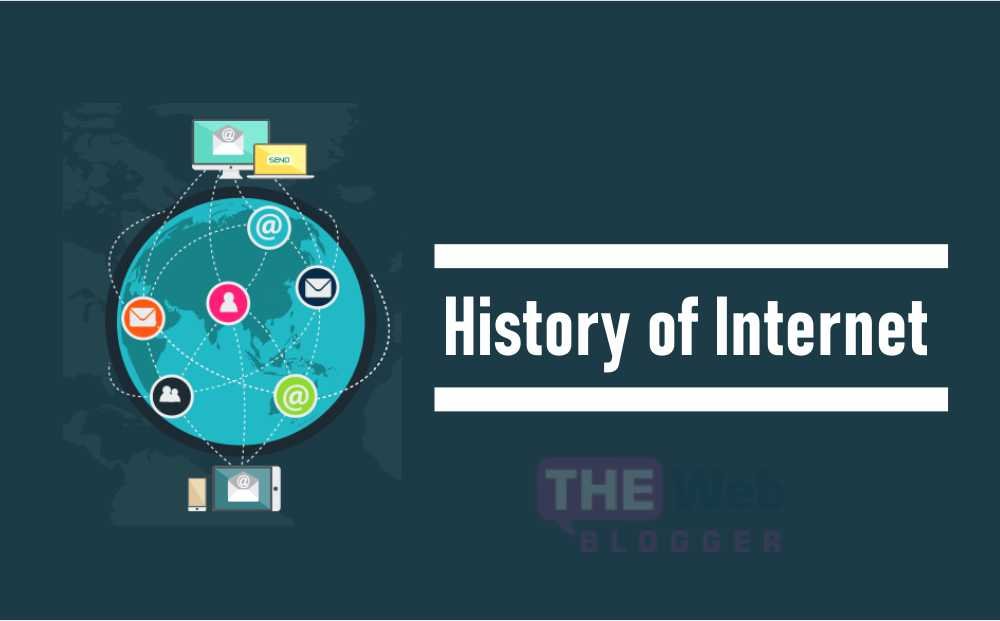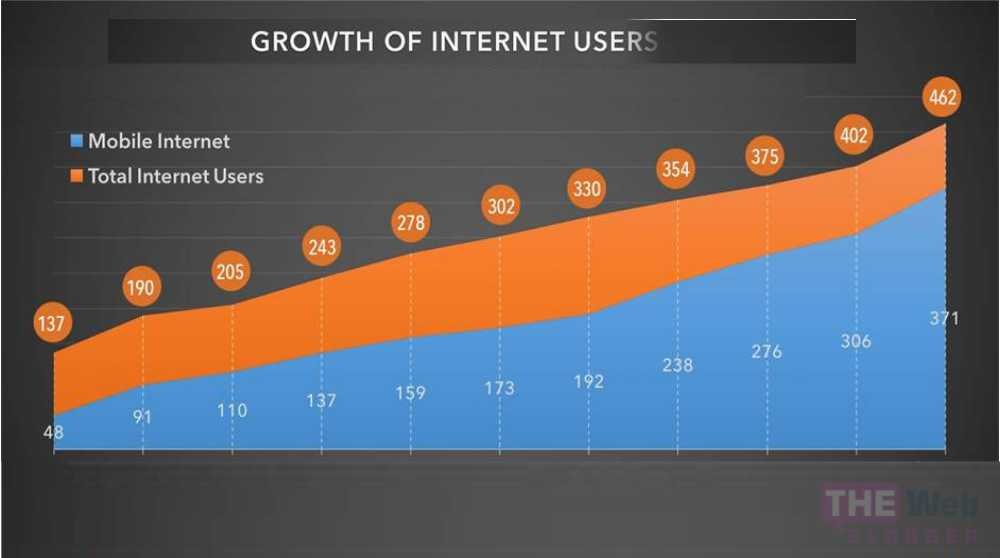When Internet Started in India?
Posted On July 19th, 2024
Array
UpdateThe Internet has become a crucial part of everybody’s lifestyle. It has become a significant element in every field, whether education, research or communications. It has swept across every aspect of professional, cultural, and economic parts of organizations in every part of the world. Throughout the last two decades, India has seen a tremendous increase in technology. One such element that has taken India by storm is the Internet.
The Internet was introduced in India in two generations
- 1986: The internet was first introduced in India in 1986, but access was restricted to educational and research institutions at this time. This limited rollout was likely facilitated by the National Informatics Centre (NIC).
- 1995 (August 15th): General public access to the internet in India began on Independence Day in 1995. Videsh Sanchar Nigam Limited (VSNL) was the first public internet service provider in India.
History of Internet

India first launched the Internet in 1986 with the help of the Educational Research Network (ERNET). Department of Electronics (DoE) and the United Nations Development Program (UNDP) jointly started the network. It was initially available only to the education and research industries. The network involved eight significant institutions namely the Indian Institute of Science, NCST Bombay, five Indian Institute of Technology (Delhi, Mumbai, Kanpur), Kharagpur, and Chennai), and the DoE in New Delhi.
Previously, the Internet was accessed with the help of a modem. A modem is a device that helps to transmit data over cable/telephone lines by transforming analog signals into digital signals. However, the modem was a bit complicated to use as it did not connect easily to the telephone lines. Even though if the modem was connected, there were various interruptions while surfing the Internet. Additionally, it required repeatedly dialing, to connect with the bigger networks.
The first Internet service, known as the Gateway Internet Access Service (GIAS) had 10,000 subscribers within six months of its launch. It provided a speed of 9.6 kbit/s. However, the service had several hardware and network problems. In 1996, few news publishers launched their websites. In 1997, Integrated Services Digital Network (ISDN) was launched and by March 1998, the number of subscribers increased to 90,000. Later, private companies started offering Internet services to the general public. Furthermore, several internet and telecom companies were started. Hence, the number of internet users increased drastically worldwide.
In 2004, the government defined its broadband policy and declared broadband as the Internet connection with a download speed of 256 kbit/s. Eventually, from next year, the growth of broadband in India increased at a rapid rate.
Internet Usage
Today, the Internet is used everywhere in offices, schools, railway stations, airports, public spots and on our phones. Several technologies are used like ISDN, 3G, 4G, etc. After China, India is the second country with millions of Internet users.
As the prices of smartphones are reducing, the usage of the Internet is expected to rise in the coming years. However, speed will be the area of concern. Although the average speed has increased to 7.2 Mbps, India is still lagging behind other countries.
Internet Service Providers in India
There are 584 service providers in India that offer broadband and narrowband services. The top six internet service providers in India are the following:
- BSNL
- Airtel XStream Fiber
- Reliance JioFiber
- Excitel Broadband
- Hathway
Growth Of Internet in India

One of the challenges India faces is the slow growth of the Internet as compared to other countries. Hence, to overcome this challenge, the Indian government suggested a 690 billion broadband infrastructure to connect all villages, towns, and cities. Under the government’s Universal Service Obligation program, the expansion of broadband is encouraged in rural areas. Therefore, the government plans to subsidize pricing for rural users and encourage more investment in rural infrastructures.
The future of the Internet seems to be very positive in India. Emerging technologies like 5G and machine learning will bring much high-speed access to the Internet and make it more personalized. Google and Tata had launched a project named Internet Saathi to increase Internet literacy usage, especially amongst women in rural areas. The network provided speeds up to 10 Mbit/s in 63 metropolitan areas and 4 Mbit/s in an additional 352 cities. Moreover, the Internet penetration rate in India is medium as compared to other developed countries where the average rate is over 50%.
Benefits Of Internet Usage in India
India has seen tremendous internet growth over the past few years. However, many households and rural areas are unable to access it due to a lack of infrastructure and affordability.
There are several advantages of having an internet connection. These advantages include:
- Increased productivity
- Financial independence
- Powerful search engines
- An effective method of communication
- Greater access to information.
Because the internet is very important in today’s world, it is essential that every household should be connected to the internet to reap the benefits.
The internet has been a blessing for India. It is a great platform where people can communicate and express their thoughts with each other. It has helped in the economic development of the country.
Due to the cheaper data plans and increased availability of smartphones, a huge part of India is connected to the internet. This resulted in an increase in online shopping, the use of social media, online education, banking, e-commerce, and other digital activities, which have improved India’s economy as well as society at large.
Summary
The internet has been a game-changer in India. Consequently, it has introduced new ways of interacting and accessing information. India has a huge potential for growth in the future, and it will largely impact the world’s digital economy.
FAQS
Internet services were started on 15th August 1995 in India.
The first launch of the Internet was with dial-up access at the rate of 25,000 for 250 hr TCP/IP and a speed of upto 9.6kbps.
India is the second largest smartphone market after China.
Related Posts

What is GEO: The Ultimate Guide to Generative Engine Optimization and SEO
Posted on January 3rd, 2026
You must be wondering that What is GEO and how it is different from SEO right! – GEO is Generative Engine Optimization, it is the strategic process of optimizing...
Read More →
How to Master Google Search Console and Scale Your Organic Traffic to No. 1
Posted on December 27th, 2025
Google Search Console serves as the primary technical bridge between your digital infrastructure and the world’s most sophisticated search engine. It is a robust, cost-free web service that empowers...
Read More →
How to Find Trending Keywords on Google?
Posted on December 24th, 2025
Trending keywords on Google are the backbone of every successful search strategy. When you know what is trending, which keywords people type into Google, and how those searches change...
Read More →
What Is Google Search Console? | Website Management Guide for Growth, Rankings, and Visibility |
Posted on December 23rd, 2025
Google Search Console is one of the most powerful google search console website management tools available today. If you want your website to rank higher on Google search, understand...
Read More →© All Copyright Reserved japjitravel.com
Leave a Comment :